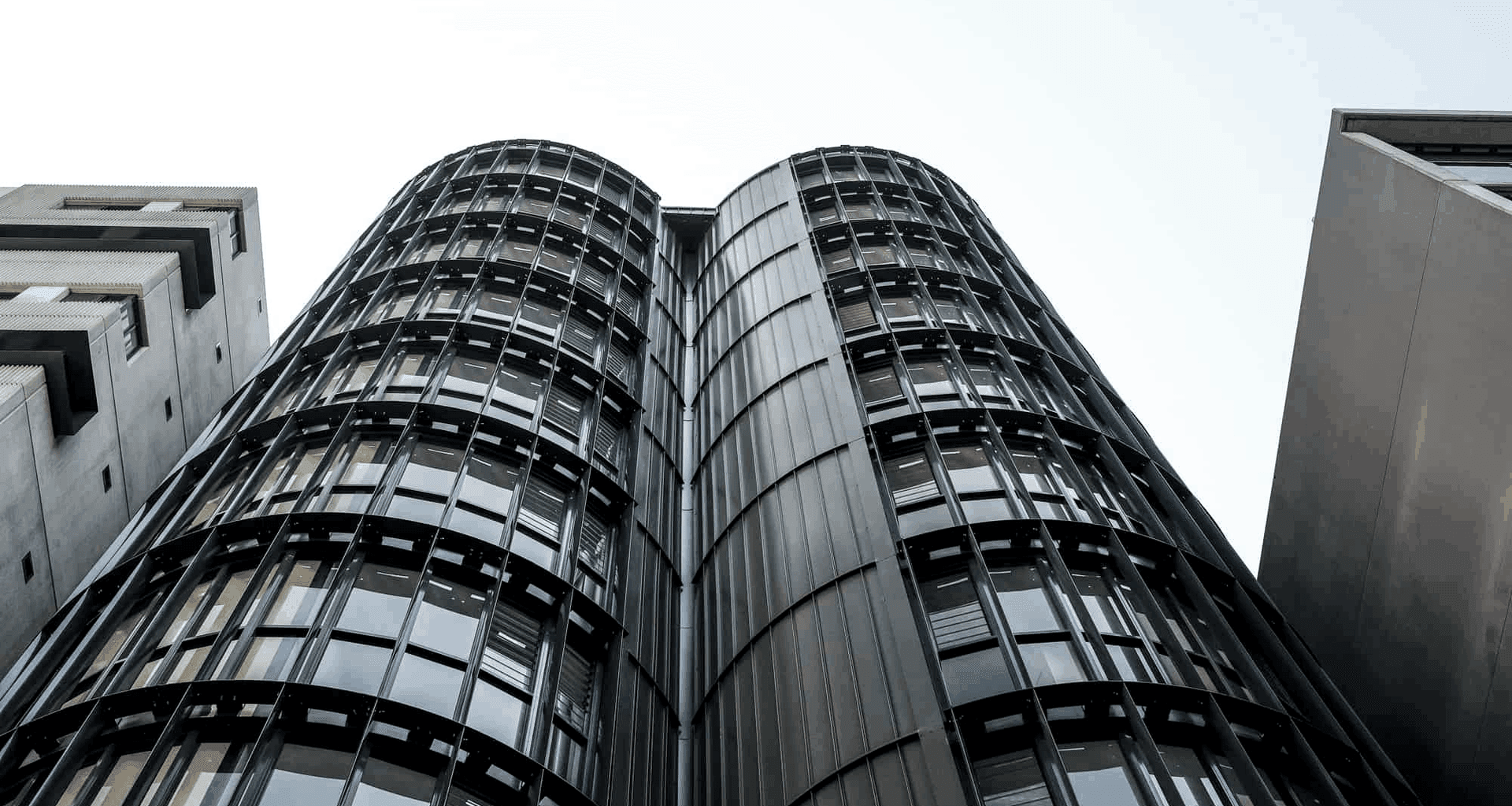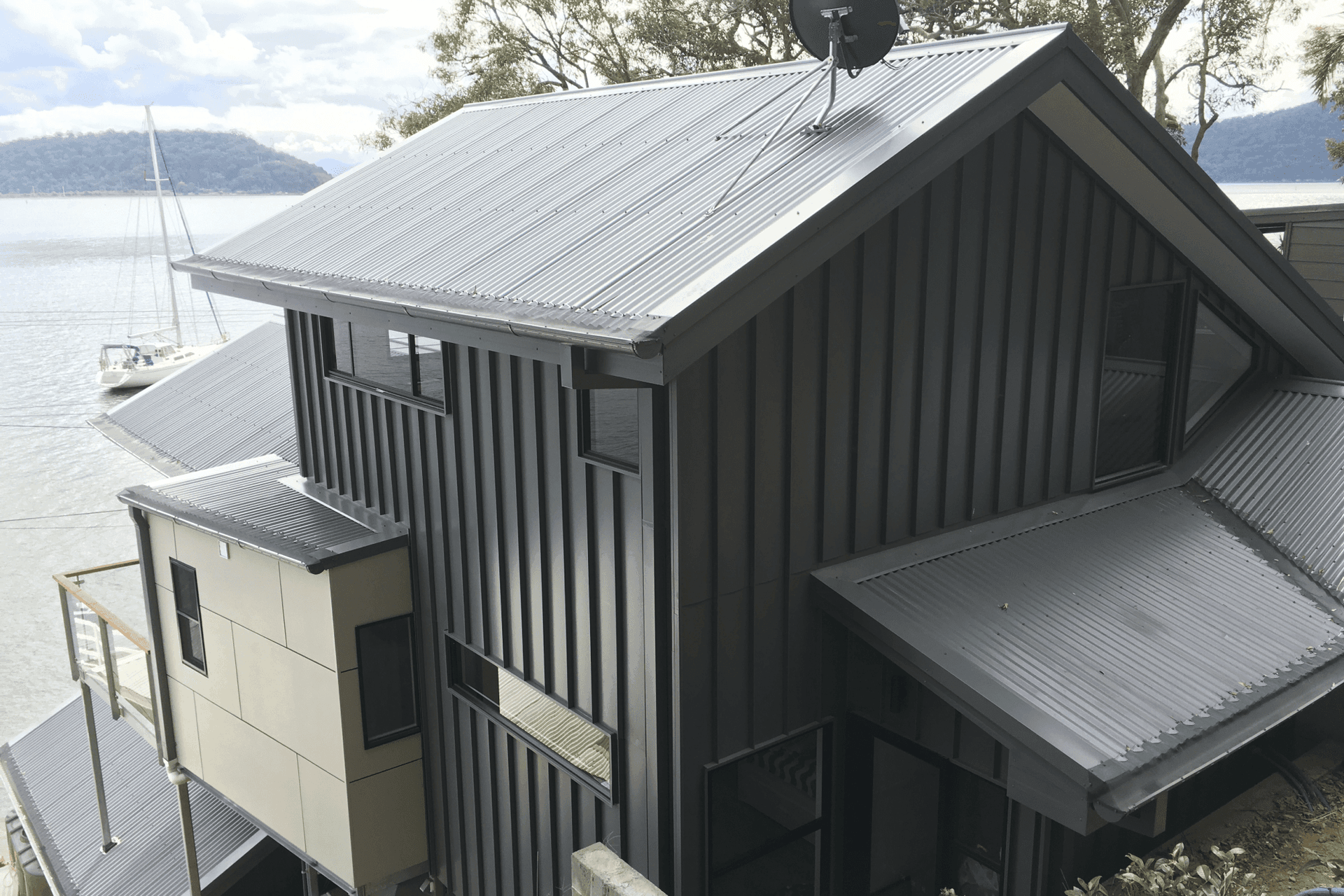Non-Combustible Cladding - The Rules Have Changed

The rules around the type of cladding you may use for external walls has changed. Whether you’re an architect, builder, developer or home owner you need to know about these cladding requirements.
There has been a spate of disastrous building fires where the cladding has contributed significantly to the spread and intensity of the fire.
Incidents such as the high rise apartment fires in London’s Grenfell Tower or closer to home, in Melbourne’s Neo 200 Complex and the Lacrosse Tower have the potential for heavy loss of life as well as enormous financial costs.
Investigations showed that cladding containing flammable material were a significant factor in allowing the fire to spread rapidly across multiple levels.
An extensive audit of at-risk buildings throughout Australia has lead to a rethink of how cladding needs to protect buildings from fire.

When Did These Rules Change?
These changes were adopted with the National Construction Code (NCC) 2019 iteration. A 2020 advisory note added additional clarification around aspects such as internal linings on external walls and the use of render.
The purpose of these rule changes is to prevent the spread of fire via external cladding.
What Does It Mean For Me?
You will need to comply with these new requirements if you’re designing a new build or completing a renovation.
Failure to rectify existing issues regarding non-compliant cladding may lead to hefty fines and even prison sentences.
In short, all external walls need to be made of non-combustible materials. External walls are those walls deemed integral to the building construction and include elements such as insulation, facades, internal lining and framing.
These rules apply to type A and B buildings and apply whether the wall needs to be fire rated or not.
The requirements for non-combustible external wall claddings in no way reduce or negate the BAL requirements or the AS 1562.1:2018 Design and Installation of Sheet Roof and Wall Cladding standard.
Cladding is classed as non-combustible if it passes the testing requirements of AS1530.1.
The requirements for this test are quite severe and allow a cladding product to contain no more than 0.5% combustible material. In practical terms, a material is considered combustible if it flames for more than 5 seconds when subjected to a fire for 30 minutes.
Materials that may not meet these strict requirements may be deemed fit for purpose where the flammability is considered to be extremely low. These products are listed below.
When Did These Rules Change?
These changes were adopted with the National Construction Code (NCC) 2019 iteration. A 2020 advisory note added additional clarification around aspects such as internal linings on external walls and the use of render.
The purpose of these rule changes is to prevent the spread of fire via external cladding.
What Does It Mean For Me?
You will need to comply with these new requirements if you’re designing a new build or completing a renovation.
Failure to rectify existing issues regarding non-compliant cladding may lead to hefty fines and even prison sentences.
In short, all external walls need to be made of non-combustible materials. External walls are those walls deemed integral to the building construction and include elements such as insulation, facades, internal lining and framing.
These rules apply to type A and B buildings and apply whether the wall needs to be fire rated or not.
The requirements for non-combustible external wall claddings in no way reduce or negate the BAL requirements or the AS 1562.1:2018 Design and Installation of Sheet Roof and Wall Cladding standard.
Cladding is classed as non-combustible if it passes the testing requirements of AS1530.1.
The requirements for this test are quite severe and allow a cladding product to contain no more than 0.5% combustible material. In practical terms, a material is considered combustible if it flames for more than 5 seconds when subjected to a fire for 30 minutes.
Materials that may not meet these strict requirements may be deemed fit for purpose where the flammability is considered to be extremely low. These products are listed below.

Are There Any Exceptions?
Yes, some cladding materials that may contain flammable materials are deemed fit for purpose where non-combustible cladding is required.
The following clauses in the NCC 2019 outline the requirements:
C 1.9 Non-combustible materials: You may use the following materials in settings requiring a non-combustible material:
- Plasterboard
- Perforated gypsum lath with a normal paper finish
- Fibrous-plaster sheet
- Fibre-reinforced cement sheeting
You may also use pre-finished metal sheeting where the combustible surface finish does not exceed 1mm thickness and where the Spread-of-Flame Index of the product is not greater than 0.
And bonded laminated materials may also be acceptable provided that: each laminate layer must be non-combustible, no adhesive layer may exceed 1mm in thickness and the overall thickness of the adhesive layers must not exceed 2mm.
The Spread-of-Flame Index cannot exceed 0 and the Smoke-Developed Index must not exceed 3 when the laminated material as a whole is tested.
How Does This Affect The BAL Zone & Fire Rated Wall Requirements?
These rules do not alter any additional requirements that your building may need to comply with under the BAL design and building code.
In fact, most of the non-combustible cladding materials will also meet even the most rigorous BAL FZ (Bushfire Attack Level Flame Zone) demands.
However, there may well be additional design requirements such as ember guards that you’ll need to consider if you live in a bushfire zone.
Fire rated walls are a requirement where buildings are located adjacent to each other, either with a small space between external walls or sharing a common wall.
Fire rated walls are generally rated using the Fire Resistance Level (FRL). This measures the material’s ability to withstand fire across 3 key aspects:
- Structural adequacy
- Integrity
- Insulation
The result of these tests will show as the number of minutes each aspect would survive a test fire.
Thus 60/60/60 indicates the material will not lose any significant degree of structural adequacy, integrity, or insulation quality for at least 60 minutes under test fire conditions.
The FRL requirement is very much in keeping with the non-combustible cladding requirement: both view an external wall as the sum of its parts.
In other words, your external wall needs to be non-combustible inside and out.

So What Are My Cladding Choices?
We supply a wide range of products that meet the non-combustible cladding requirements. These include:
- Internal linings
- Insulation,
- Sarking
- External cladding
Plasterboard or fibre-cement boards remain ever popular choices for internal cladding and these all meet the non-combustible requirements under C1.9.
We also stock all the popular non-flammable insulation brands including:
- Bradford Multitel, Fireseal, & Anticon blankets
- HardieFire mineral wool insulation
- Fletcher Fire Stop Batts
Most steel cladding products remain exceptional choices for cladding.
LYSAGHT® products manufactured from BlueScope’s COLORBOND® steel, ZINCALUME® steel or galvanised steel materials all have a Spread-of-Flame index of 0 (zero) and 1 to 2 for Smoke Developed and as such are considered non-combustible materials in accordance with the NCC.
Snapline45, Nail Strip, Standing Seam and Interlocking Panels all make inspirational cladding choices. Exciting profiles, expansive colour range and flexible design options give you some stunning creative options.
And you’ll have peace of mind knowing your cladding is there to protect you from the weather as well as providing exceptional non-combustible cladding performance.
Please be aware that this article offers guidance only. You must seek professional advice and check your intended design complies with Council and code requirements before you go ahead with any building project.
Neither the writer nor no1aps.com.au can be held liable for any errors or misunderstandings.
